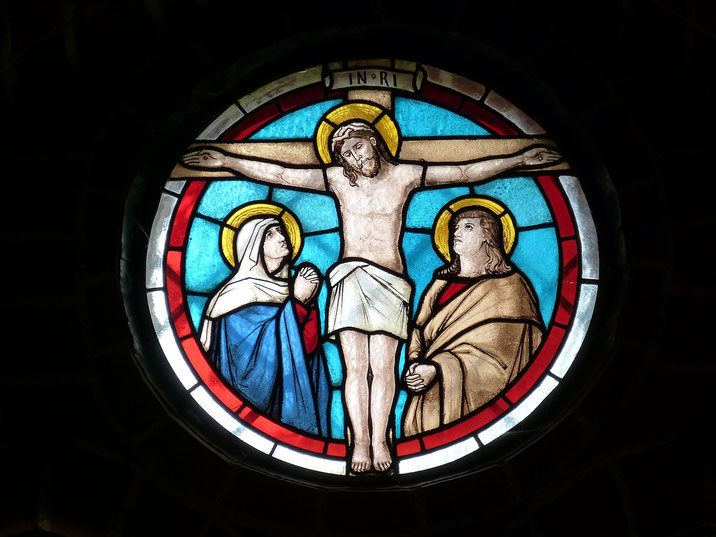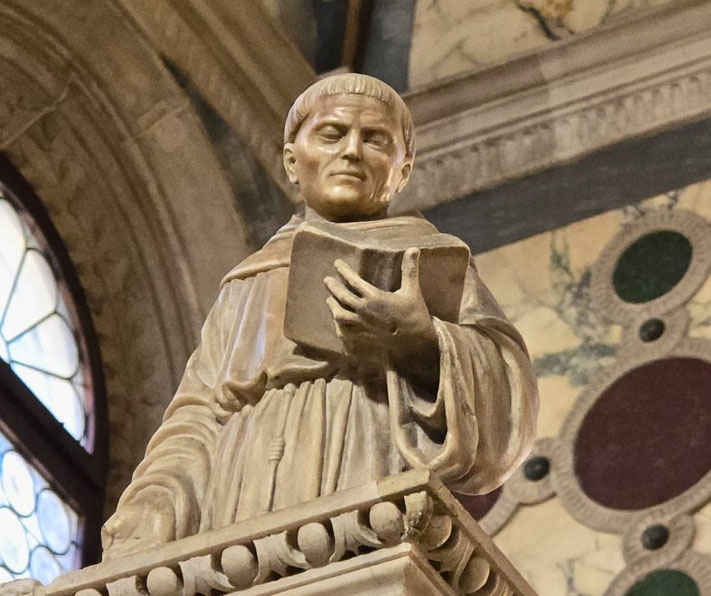The power of the Catholic Church in the Middle Ages

The Catholic Church played an important role in the early Middle Ages. During that period, uncertainty existed as the Roman Empire collapsed, and Europe was divided into smaller kingdoms.
The Catholic Church offered stability and ongoing order during this time of chaos, and it also helped to spread Christianity across Europe.
Birth of Christianity
Christianity was founded by the followers of Jesus Christ, who was born in the Roman province of Judea in around 4 BC.
Jesus preached a message of love, forgiveness, and redemption, and he attracted a large following.
He was crucified by the Romans around AD 27 and his followers continued to spread his teachings.
As a result, Christianity began to grow rapidly in the Roman Empire during the 2nd and 3rd centuries, and it became the official religion of the empire under Byzantine Emperor Theodosius in the late 4th century.
Later, as Christianity spread, it began to take on different forms. One major branch of Christianity was Catholicism, which developed in the Western half of the Roman Empire.
Catholicism is based on the belief that there is one true Church that has been founded by Jesus Christ and that is headed by the Pope.

Church structure and hierarchy
The early Christian church was led by bishops. Bishops were leaders in the church who had authority over an assigned area of land, often centred on a major city.
Beyond the Roman Empire, new churches were established in other parts of Europe.
These churches were led by their own bishops, who were not under the authority of the emperor.
The various bishops reported to the overall head of the Church, who was known as the Pope.
The Pope was based in Rome and had ultimate authority over all the other bishops.
The Pope's position came from the fact that he was considered to be the successor of St Peter, one of the twelve apostles of Jesus Christ.
Under the bishops were priests who carried out the day-to-day functions of the Church; specifically, they conducted Mass, administered the sacraments, and provided spiritual guidance to the people.
They conducted Mass, administered the sacraments, and provided spiritual guidance to the people.
The Catholic Church also had a large network of monasteries and convents, which were religious communities where monks and nuns lived and worked.
They were responsible for prayer and study and provided help to those in need.

The Catholic Church and society
The Catholic Church had a significant impact on society in the early Middle Ages, which was involved in education, charity, and healthcare.
The church also played a role in politics by serving as advisors to rulers through its bishops and popes.
In addition, the church owned a great deal of property, and it collected taxes from the people.
As western Europe fell into a period of constant warfare, the Church provided moral rules for warriors and knights, which was known as the code of 'chivalry'.
The code of chivalry required knights to be brave, courteous, and truthful. It also required them to protect the weak and defenceless.
Core beliefs
The Catholic Church has a number of core beliefs. These include the belief in one God, the Trinity, and the divinity of Jesus Christ.
The Church also teaches that Mary is the mother of God and that she was born without original sin.
Other key beliefs include the sacraments, forgiveness of sins, and life after death. Catholics also believe in Purgatory, where souls are made clean after death.
The Catholic Church teaches that its members should follow the Ten Commandments.
They should also obey the teachings of the Bible and participate in sacraments such as baptism and Communion.
Monks and monasteries
During the early Middle Ages, monasteries played a very important role in society.
They were centres of learning and culture, and they saved classical knowledge during a time when few people could read or write.
Monasteries also helped the poor and sick. They provided food, shelter, and medical care to those in need.
In addition, monasteries ran schools and orphanages.
One of the most famous monks was known as Saint Benedict. He was the founder of the Benedictine Order, which was a religious community that lived according to strict rules.
The Benedictines followed a set of rules that Benedict had written about how to live a 'holy' life.
The Benedictines succeeded in spreading Christianity throughout Europe.
Many kings and wealthy nobles paid monks to pray for them. This was because they believed that the monks' prayers would help them to avoid going to hell.

Economic power
In the early Middle Ages, the Roman Catholic Church held significant financial power due to its control over large amounts of land and wealth, which were donated by wealthy individuals, monarchs, and other groups.
Its control over religious beliefs and practices provided a source of income through tithes (a tenth of one's income donated to the Church), offerings, and other donations.
The Pope and bishops, as the leaders of the Church, held significant political and economic power and often became involved in non-religious matters such as trade and politics, which enabled it to build impressive cathedrals and other buildings, which also supported art and music.
Many famous artists and musicians were employed by the Church.

Further reading
What do you need help with?
Download ready-to-use digital learning resources
Copyright © History Skills 2014-2025.
Contact via email
With the exception of links to external sites, some historical sources and extracts from specific publications, all content on this website is copyrighted by History Skills. This content may not be copied, republished or redistributed without written permission from the website creator. Please use the Contact page to obtain relevant permission.





